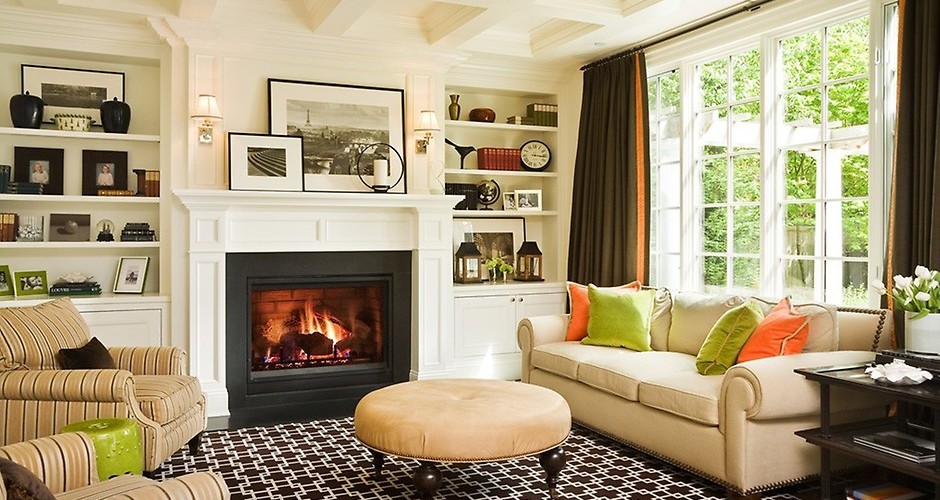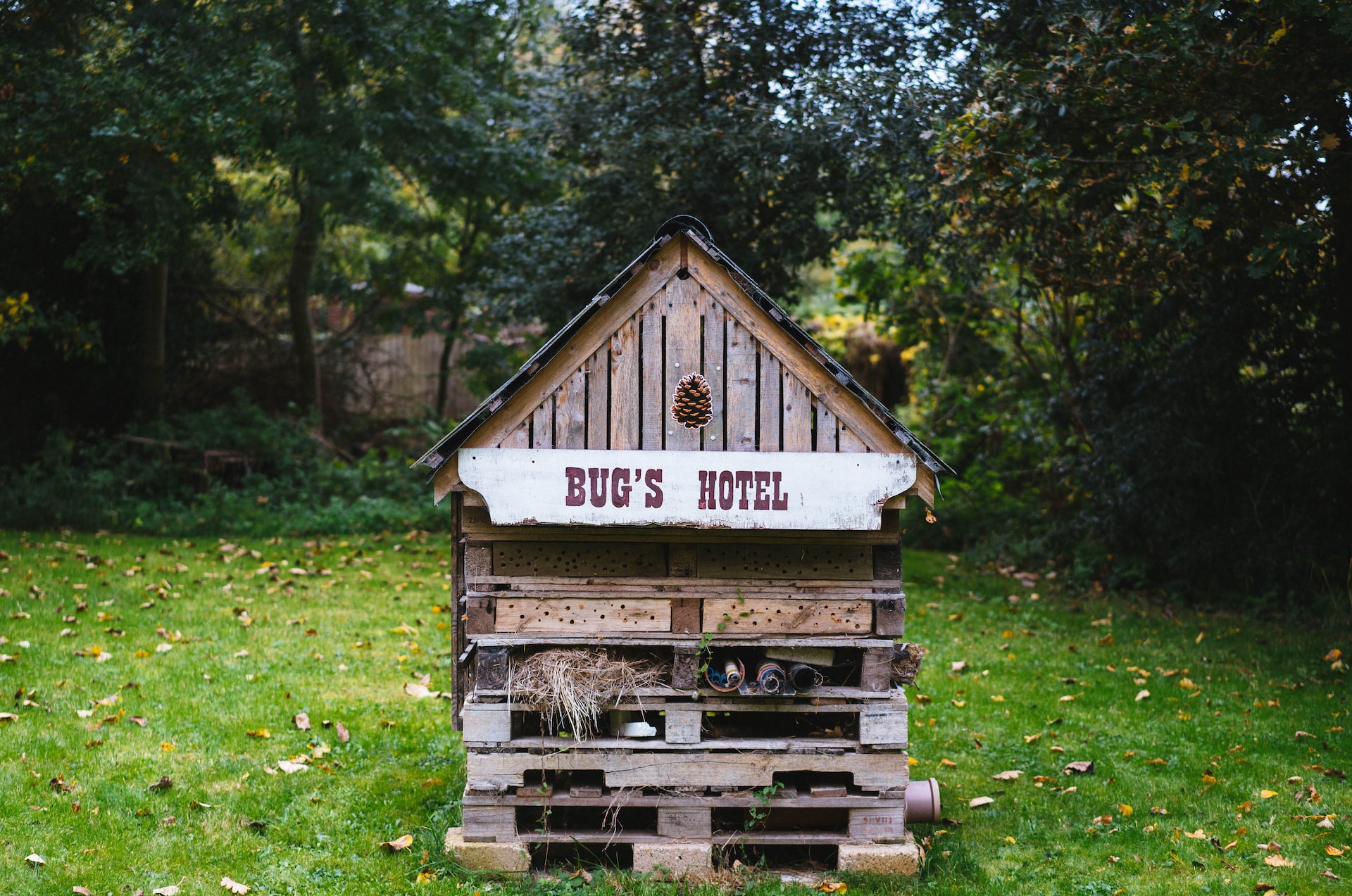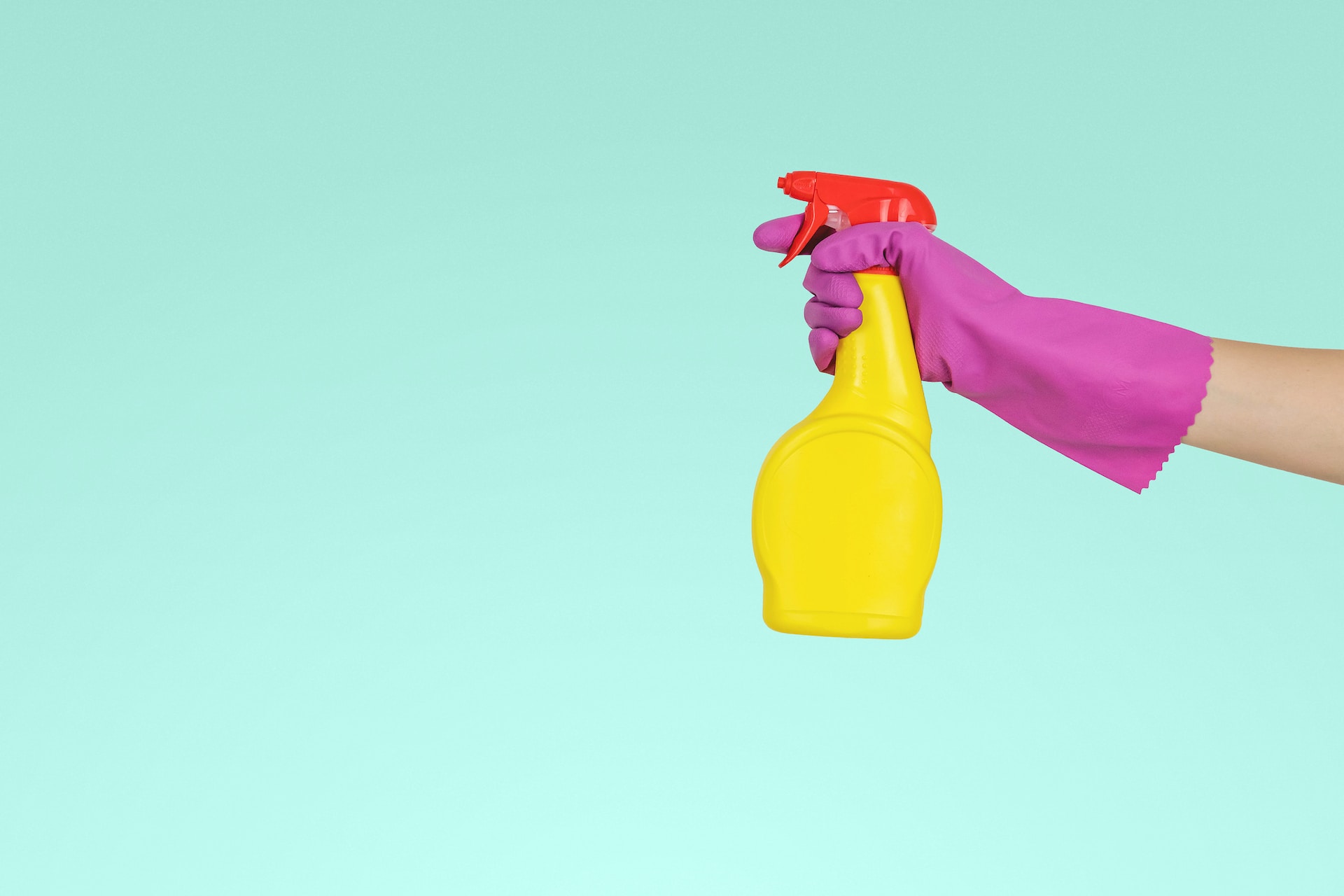For many families, the fireplace represents all that we love about the fall: cozy evenings, seasonally decorated, snap, crackle and pop reminding us of how nice it is to be indoors. But nothing will ruin a fall tradition faster than a malfunctioning and dangerous fireplace. Whether you have wood-burning or gas fireplace, regular and proper maintenance is key.
Wood-burning fireplaces should be routinely swept and cleaned. Before you start using your fireplace for the season remove left-over ashes, check the grill and other parts for signs of wear and tear, replace any old parts that may become hazardous, and use a flashlight to inspect inside the chimney for excess creosote. Creosote is the build-up that can occur inside the chimney in wood-burning fireplaces and can actually ignite if the build-up is too great. If you suspect excess creosote be sure to schedule a chimney sweep to come and clean it out. On the outside of your home, trim any nearby branches that may be within 15 feet of the chimney. On the inside of your home, move furniture and other furnishings 36 inches away from the fireplace opening and check your screen for any large holes. Gas fireplaces, although less messy, still require regular maintenance and inspection. Check your maintenance guide or schedule an inspection from the original installer to ensure parts are working properly.
Gas or wood fireplaces shouldn’t be too black with smoke – this could mean that your fireplace isn’t drafting properly. If you have a glass screen take some time to properly clean last year’s soot from the pane. There are commercial cleaning agents that contain harsh chemicals like ammonia to clean the glass but a more natural remedy is to take newspaper, soak it lightly in water, dip it in ashes then use it to scrub away soot. Tough spots may require a razor blade.
For more information about chimney safety, check with the Chimney Safety Institute of America.
Top Image Credit: Graciela Rutkowski Interiors




